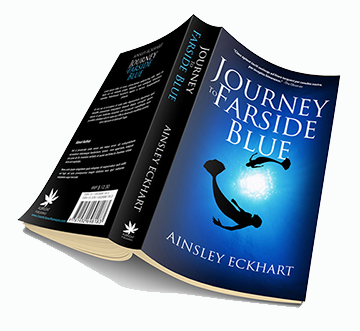Bound Galleys
As a marketing tool, publishers provide free copies of new titles to booksellers, journalists and even celebrities.
Such books are variously referred to as readers editions, an advance copy, an advance reading copy, ARC or ARE. It's the book privately released by its publisher before the book is printed for mass distribution.

Readers editions generally lack the final dust jacket, formatting or binding of the finished product; the text of an advance edition may also differ slightly from the market book, after comments are received from the reading group, or late errors are found in the manuscript. When a celebrity reader or journalist gives an endorsement, that's added to the back cover and other promotional items.
Reader books are normally distributed three and six months before the book is officially released to reviewers, bookstores, magazines, and (in some cases) libraries.
Most national magazines and major reviewers work on long lead times and arrange future issues months ahead of publication. For example, if you've written a book on healthy living you may want to consider a January publication date, when many magazines focus on health and weight loss. The galley would need to be sent no later than September or October when editors are planning the features that will appear in their January publication. If you present a book on fitness and weight loss to an editor in mid-January, it may simply be too late as they're already planning their Mother's Day issue.
Newspaper, television and radio outlets generally prefer to run their reviews and coverage as close to the actual publication of a book as possible. It's also important to have an advance copy of your book in their hands before the final copy is available to allow them planning time.
One third of your review copies (or more) should be sent to publications whose scope includes the subject of your work. A chronicle of the development of supersonic aircraft, for example, should be sent to Aviation History Magazine, while Sports Illustrated might be inclined to review your biography of a famous athlete, and Architectural Digest your study of Victorian restoration techniques.
 Jacket or cover comments often come from sources who read your uncorrected galley proof or duplicate manuscript of the text—get that copy in the reviewers' hands well before you have finished books, or you will not get reviews. And you will not sell your books in anywhere near the numbers you should. And book clubs operate very much the same way—six months' lead-time, necessitating sending them galley or page proofs, not finished books. The fact is, good reviews or comments about your book on the back cover or dust jacket...sell books!
Jacket or cover comments often come from sources who read your uncorrected galley proof or duplicate manuscript of the text—get that copy in the reviewers' hands well before you have finished books, or you will not get reviews. And you will not sell your books in anywhere near the numbers you should. And book clubs operate very much the same way—six months' lead-time, necessitating sending them galley or page proofs, not finished books. The fact is, good reviews or comments about your book on the back cover or dust jacket...sell books!
A typical galley cover might have a banner across the front reading: 'Advance Uncorrected Proofs—Not For Sale'. The back cover will have the publication information:
-
marketing plans
-
a brief description of the book
-
about the author
-
publication date
-
edition—hardcover or paperback
-
size and number of pages
-
ISBN number and price ( a barcode is not required for bound galleys )
Click here for price quote...



